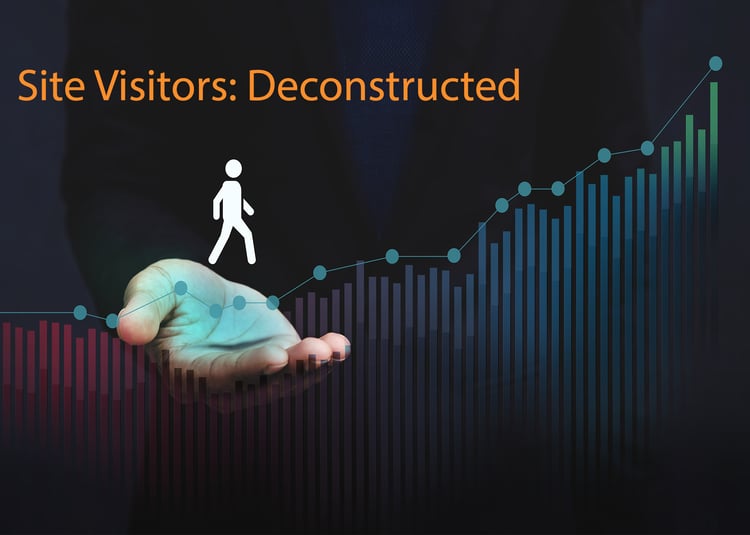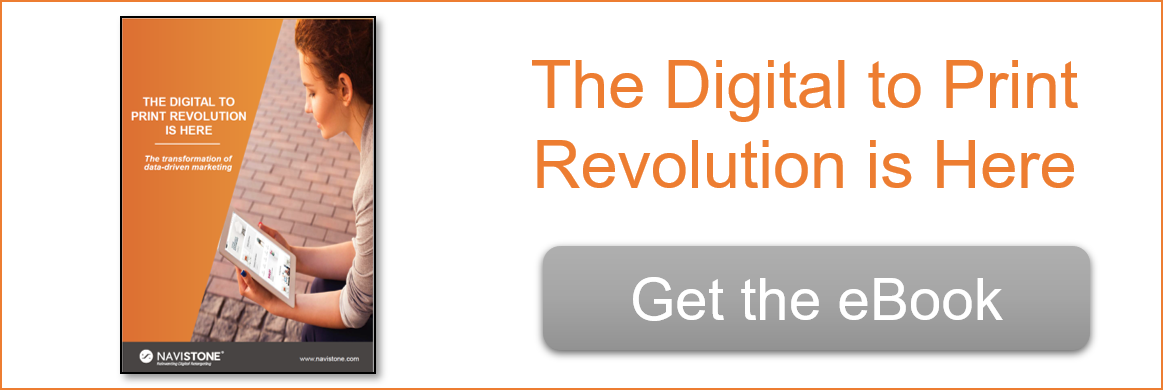In the dynamic landscape of modern marketing, where algorithms evolve rapidly, and consumer behaviors shift unpredictably, one factor remains constant: the significance...

As advertisers, you are spending more than $250B annually to drive consumers to your websites. Once you have successfully driven someone to your site, how will you communicate with them and nurture them to get them to transact with your brand?
Site Visitors: Deconstructed
One of the first lessons in website conversion is understanding that not all website visitors are the same. Some will be known, as they are customers. Others are not yet known. Depending upon who you are communicating with, whether to drive a new purchase or a repeat purchase, the message and the medium will vary.
Setting the existing customers aside for a moment, you will need to further define the potential customers. They will differ based on their demographics, which you are not likely to know at this point. They will differ based on the products they are viewing, which may or may not give some insights into their demographic. They will also differ based on where they are in the buyer’s journey. Developing communication strategies to align with the buyer’s journey is proving to be an effective approach to drive conversions.

AWARENESS
Some site visitors are just getting acquainted with your brand. They don’t know you and you don’t know them. They are learning about you for the first time. The amount of information they have shared with you is limited. Is there a unique lead nurturing workflow to include these site visitors in that provides content and educates them on your brand?
Other first-time site visitors may be providing more information as they are showing greater interest. They may be spending more time browsing, visiting multiple pages and viewing multiple products or maybe even carting something. You have a much better understanding of the intent of these site visitors.
In either scenario, it is unlikely that you will have an email address or land address for them; not allowing for any way to directly communicate with them. Marketers have relied on digital retargeting to reach these consumers and more recently direct mail retargeting - where you can retarget to their postal address - to not only reach them but to provide relevant and personal content and to convert them to buyers. While you will be able to successfully convert some of these site visitors, others will revisit your site, moving into the next stage of the buyer's journey; consideration.
CONSIDERATION
 While retargeting remains an effective way to communicate, especially when the outreach is personalized and timely, you may now have some type of contact information as the engagement level with your brand has increased. These site visitors may have provided an email address allowing you to leverage email marketing to provide additional content. They may even be actively engaging with your brand through online chats with customer service reps (chatbot marketing). Videos, delivered via social media, providing testimonials, are also quite effective. As these consumers are considering your brand, they are also considering competitive brands. So, regardless of the channel, as several options exist, use relevant content and differentiate yourself from the competition, a critical need during this stage of the buyers journey.
While retargeting remains an effective way to communicate, especially when the outreach is personalized and timely, you may now have some type of contact information as the engagement level with your brand has increased. These site visitors may have provided an email address allowing you to leverage email marketing to provide additional content. They may even be actively engaging with your brand through online chats with customer service reps (chatbot marketing). Videos, delivered via social media, providing testimonials, are also quite effective. As these consumers are considering your brand, they are also considering competitive brands. So, regardless of the channel, as several options exist, use relevant content and differentiate yourself from the competition, a critical need during this stage of the buyers journey.

DECISION
A smaller percentage of your site visitors are actually ready to make a decision. But they still need a gentle nudge. Make sure they have all the information needed to make that decision so there are no unanswered questions. It is at this stage of the buyer's journey where personalized offers can make a big impact. Consumers want to be made to feel special, to be made to feel as special as your best customer. Show that you know them. You understand their intent. You know the products / services they are engaging with. And you know the channel(s) they are engaging with. Provide that individualized messaging through their channel of choice to drive that conversion.
CUSTOMERS
As many as 30% of your site visitors are existing customers and/or lapsed customers; two more distinctly different segments of site visitors.
Now, it can be argued that a lapsed customer looks more like a prospect in the consideration stage, and outreach should reflect that. You do know these visitors but remember there is a reason they lapsed. Was it a bad customer experience? Was there a competitive option? You now have the opportunity to further educate and differentiate yourself from the competition – through their channel of choice.
When an existing customer is back visiting your site, you have a high likelihood of getting a repeat purchase. Demonstrate that you know them by providing unique relevant content based on the information they have shared with you (past purchase information and current browsing information) over the duration of your relationship, through their channel of choice: social media, email and /or retargeting (digital and direct mail). It is with this group of site visitors where you have the opportunity to create brand loyalists. If they have reviewed your loyalty program but did not sign up, retarget them with the specific benefits of the program.
By knowing what stage of the buyer's journey your site visitor is in, and by understanding the best type of content to provide and the channels available in which to provide this content, you will be able to maximize the likelihood of driving a purchase.

